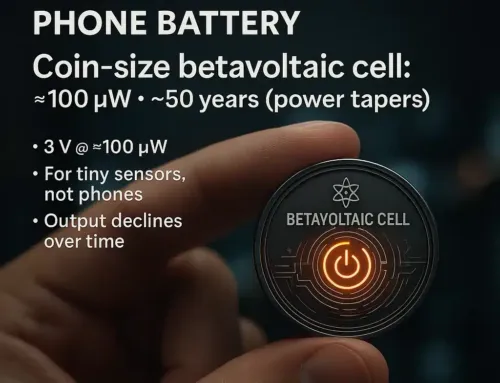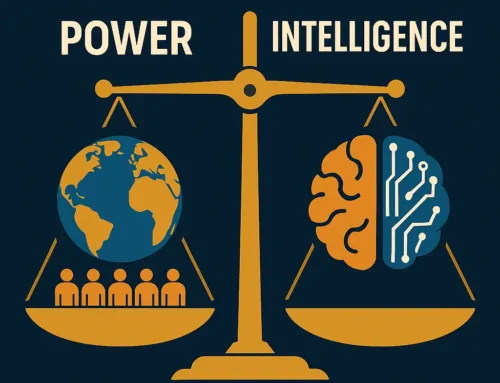
Approx. read time: 5.2 min.
Post: Unraveling the Mystery of Large Language Models: A Scientific Enigma
Introduction: The Enigma of AI’s Inner Workings
In the realm of artificial intelligence (AI), large language models (LLMs) are nothing short of miraculous. They’ve demonstrated abilities that leave even seasoned researchers astounded. Yet, the intricate workings behind these AI giants remain shrouded in mystery. The quest to decipher how LLMs learn and generalize is not just an academic pursuit—it’s a race against time to ensure the safe and ethical evolution of AI technologies.
Two years ago, OpenAI researchers Yuri Burda and Harri Edwards embarked on an experiment that would serendipitously shed light on one of AI’s most baffling phenomena: grokking. What started as a straightforward experiment in teaching an LLM basic arithmetic morphed into an accidental discovery, revealing the unpredictable nature of AI learning processes. This tale is a testament to the scientific puzzles that AI continues to present.
Are we ready to dive into this labyrinth of questions, experiments, and discoveries? Let’s embark on a journey to understand the profound mysteries of large language models and why unraveling these enigmas is pivotal for the future of AI.
The Accidental Discovery of Grokking
Yuri Burda and Harri Edwards initially aimed to understand the learning threshold for basic arithmetic in LLMs. Despite their efforts, the models seemed to hit a wall, memorizing examples without truly grasping the concept of addition. However, leaving their experiments running unintentionally for days led to an unforeseen breakthrough: the models finally “got it.” This phenomenon, later dubbed “grokking,” suggested that LLMs could, after prolonged exposure, leap from rote memorization to genuine comprehension.
The implications of grokking are profound. It challenges long-held beliefs about the learning capabilities of LLMs and opens up new questions about the extent of AI’s potential. Hattie Zhou, an AI researcher not involved in the original study, reflected on this, pondering whether we can ever be sure if a model has ceased learning or if we’ve simply not trained it long enough.
Beyond the Textbooks: The Mystery of LLM Behavior – Unraveling the Mystery of Large Language Models: A Scientific Enigma
Large language models, such as GPT-4 and Gemini, exhibit behaviors that defy traditional mathematical models. Their ability to generalize—to learn from specific examples and apply this knowledge to unseen situations—is particularly mystifying. Boaz Barak, a computer scientist on secondment to OpenAI’s superalignment team, highlights this, marveling at how these models can learn math problems in one language and then solve them in another. This capability stretches beyond what classical statistics and existing theories can explain.
The Paradox of Overfitting and the Double-Descent Phenomenon
A central conundrum in AI research is the issue of overfitting. Conventional wisdom suggests that as models grow in complexity, their performance should eventually degrade due to overfitting. However, the reality of LLM behavior challenges this notion. The phenomenon of double descent—where a model’s performance improves, worsens, and then improves again with increasing complexity—illustrates this paradox. Mikhail Belkin, a computer scientist, discovered that large models could bypass traditional overfitting barriers, improving further as they grow larger.
A Leap into the Unknown: Searching for Theories
The quest to understand LLMs has led researchers to treat these models as natural phenomena, embarking on a journey of discovery and theory-building. Yet, the rapid pace of advancements and the sheer complexity of these models mean that clear explanations and theoretical frameworks remain elusive. The community oscillates between moments of clarity and vast stretches of unknown territory, continuously pushing the boundaries of our understanding.
The Urgency of Understanding AI
Why does unraveling the mystery of LLMs matter? Beyond the academic intrigue lies a practical imperative. A deeper understanding of how AI learns and generalizes is crucial for advancing technology, optimizing efficiency, and, perhaps most importantly, ensuring safety. As AI models become more powerful, the stakes grow higher. Theoretical insights into AI’s inner workings could provide the roadmap needed to navigate the future of this technology responsibly.
Conclusion: Embracing the Unknown, Shaping the Future – Unraveling the Mystery of Large Language Models: A Scientific Enigma
The journey to demystify large language models is fraught with challenges, but it is a necessary voyage. Each discovery, each experiment, brings us closer to understanding the true nature of AI and its potential impacts on society. As we stand at the precipice of this scientific frontier, it’s clear that the quest to understand AI is not just about unraveling a mystery; it’s about shaping the future of technology, ensuring its benefits are harnessed safely and ethically.
This exploration into the enigmatic world of AI uncovers more questions than answers. Yet, it’s this relentless pursuit of knowledge that propels the field forward. As researchers like Barak suggest, the unpredictability and complexity of AI are what make this journey so exhilarating. With each experiment, each theory, we inch closer to understanding one of the greatest scientific puzzles of our time. The path ahead is uncertain, but the pursuit of knowledge is a beacon that guides us through the unknown.
In the grand tapestry of scientific discovery, the mystery of large language models stands out as a vibrant thread. It’s a reminder of the boundless potential and profound challenges that define our quest to understand intelligence—both human and artificial. As we navigate this uncharted territory, we do so with a sense of awe and a commitment to responsible innovation, knowing that each step brings us closer to untangling the complex web of AI’s inner workings.
What are your thoughts on the future of AI and our quest to understand it? Are we on the brink of a breakthrough, or are we merely scratching the surface of a much deeper mystery?









